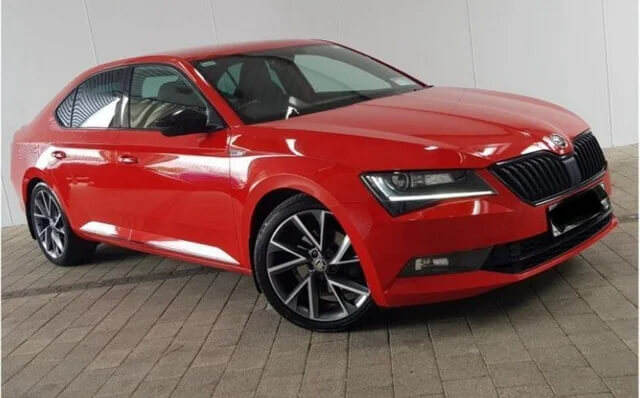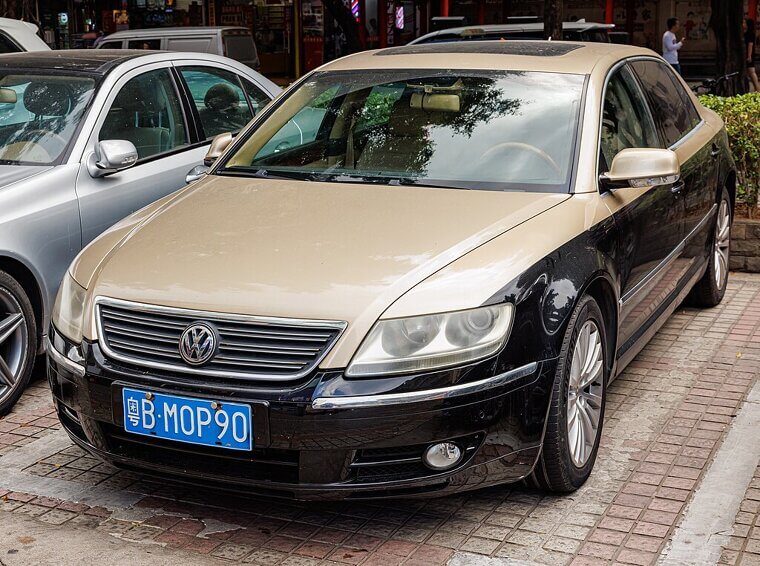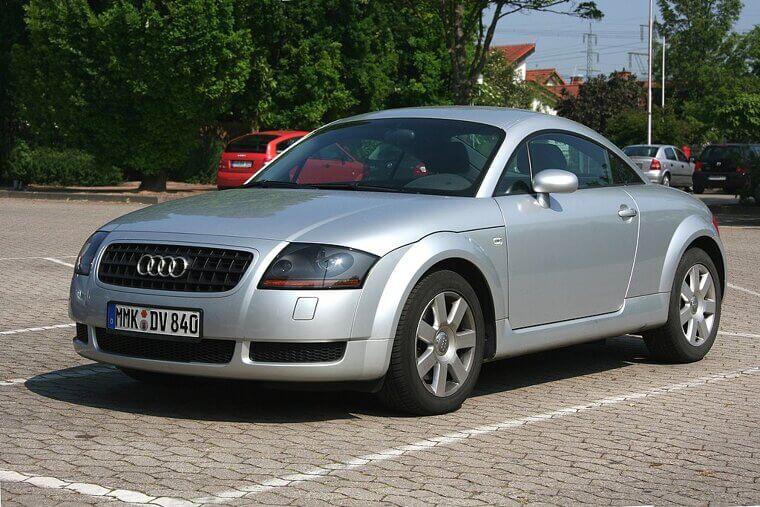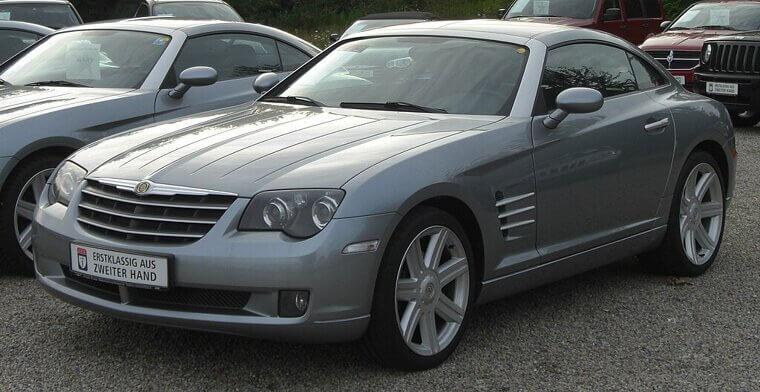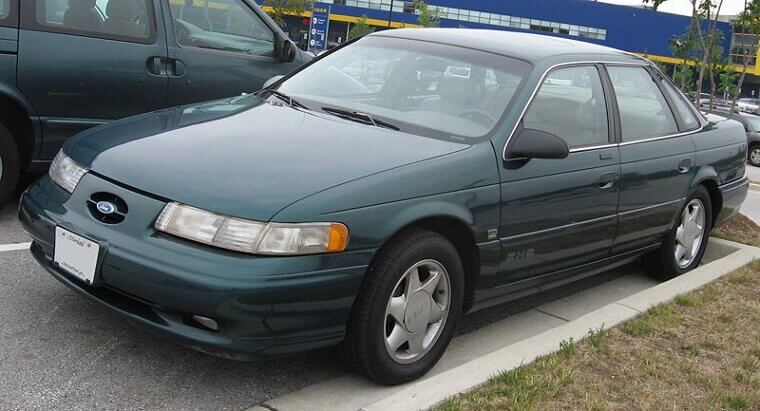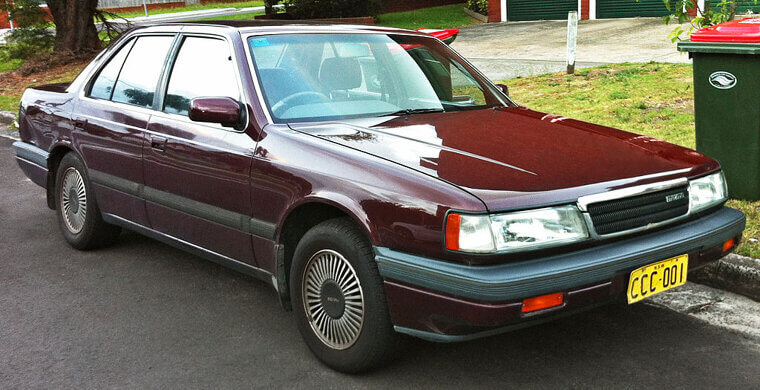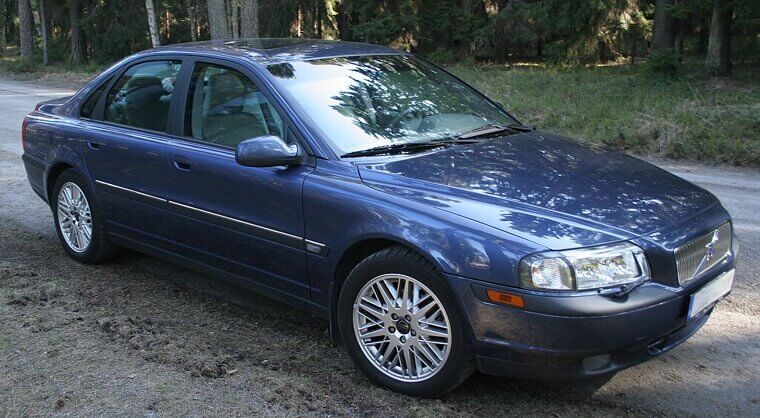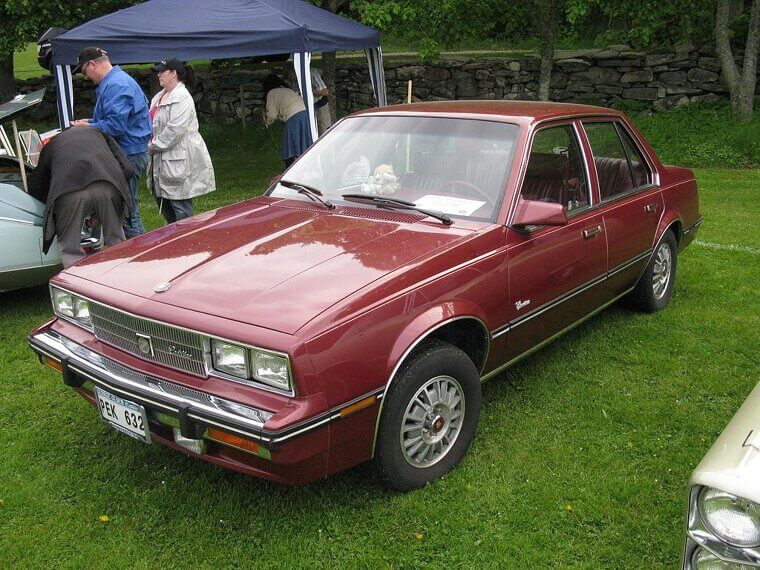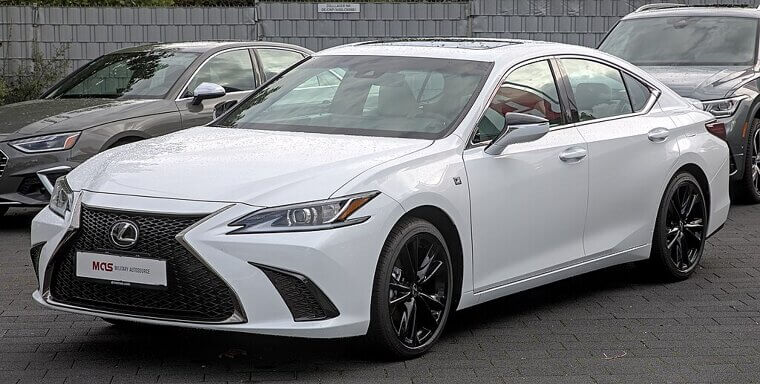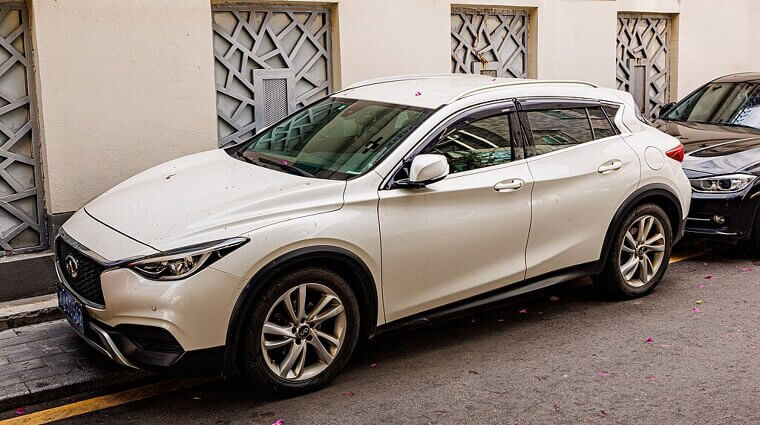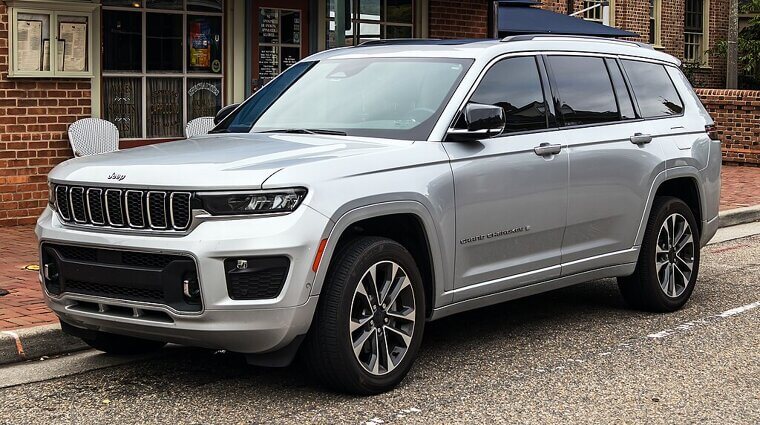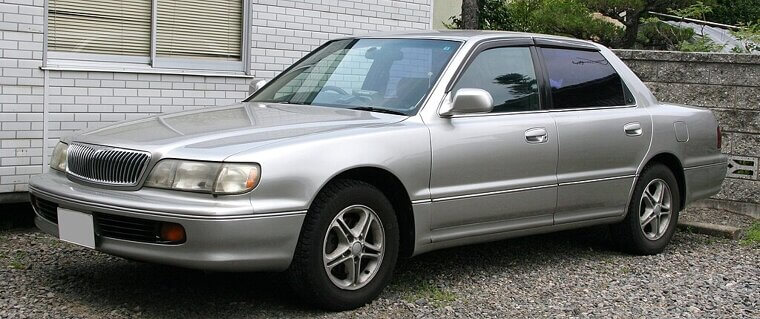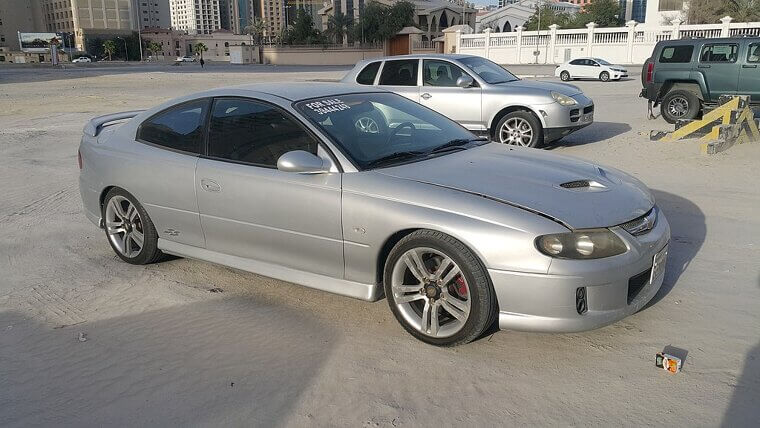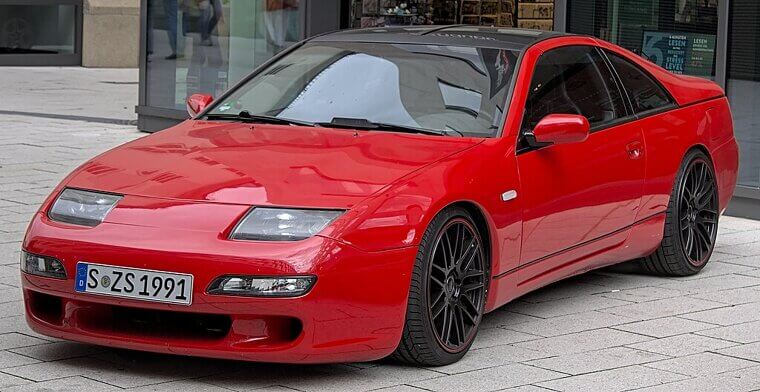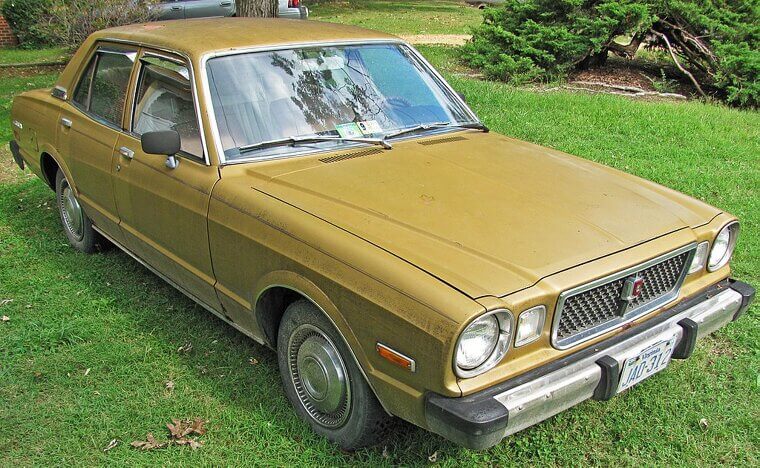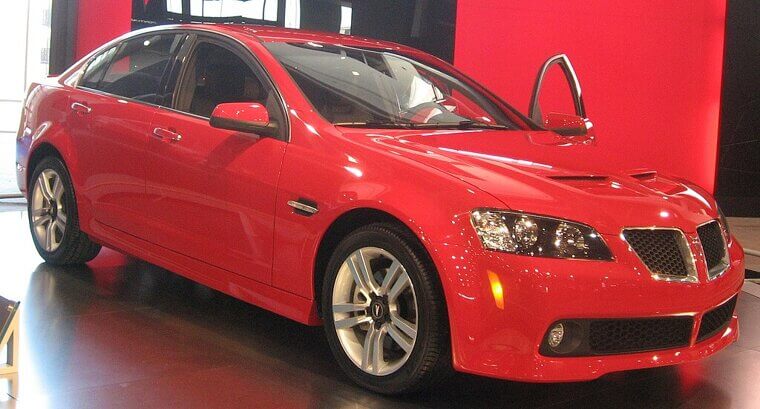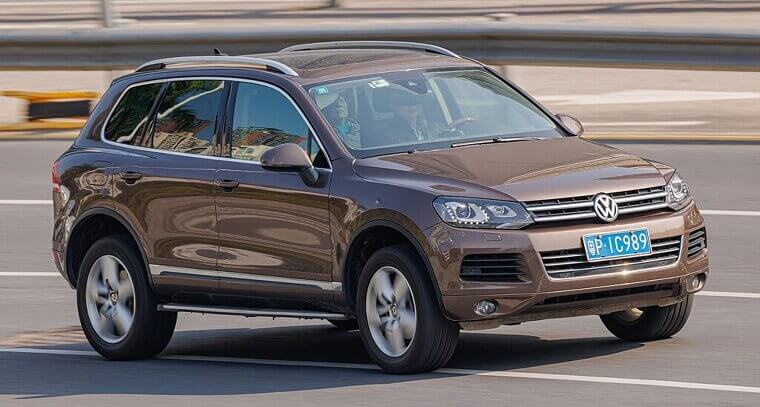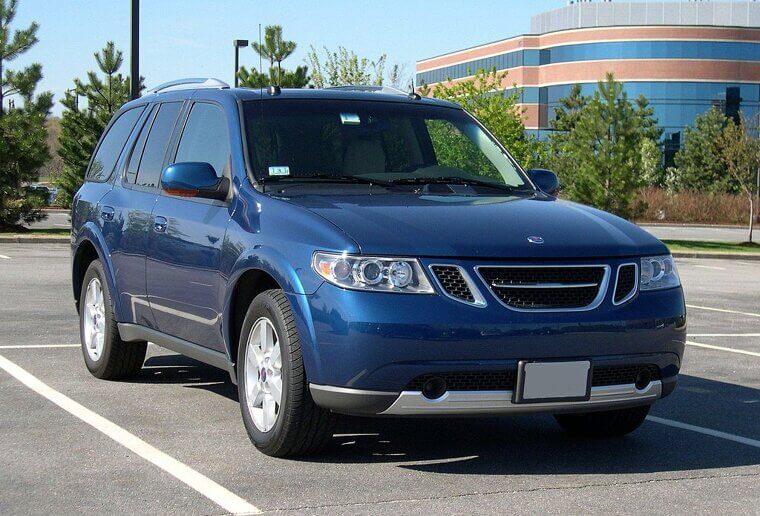You Could Be Driving a Luxury Car Without Even Knowing It
Luxury in the car world is often more smoke and mirrors than gold trim and lambswool carpets. Underneath that gleaming badge, you’ll often find the bones of something much humbler. Here are the cars that secretly borrowed luxury genes without most buyers ever knowing.
Volkswagen Phaeton (2002–2016)
The Phaeton was Volkswagen’s moonshot into the luxury market, hand-built with obsessive detail and priced like a Bentley. It shared its platform and many mechanical components with the Bentley Continental Flying Spur, but buyers never quite warmed to paying Bentley money for a VW badge, making it a costly experiment.
Audi TT (1998–2006)
The stylish, Bauhaus-inspired Audi TT looked futuristic; however, under the ski it was built on the humble Volkswagen Golf Mk4 platform. That meant plenty of shared suspension and drivetrain components. It worked brilliantly, but it also proved that a luxury coupe could ride on everyday commuter-car bones.
Chrysler Crossfire (2004–2008)
Chrysler tried to inject some sex appeal into its lineup with the Crossfire, a swoopy two-seater coupe. Underneath, though, it was almost entirely a rebadged Mercedes-Benz SLK R170 from a generation earlier. Even the switchgear was unmistakably German. Some loved the bargain Benz experience; others saw it as hand-me-down luxury.
Ford Taurus SHO (1989–1999)
The Super High Output Taurus looked like a dad sedan with a gym membership, but its Yamaha-built V6 was a jewel. The engine’s development crossed paths with Yamaha’s engineering work for Toyota and Lexus, meaning this family Ford packed some surprisingly exotic DNA.
Toyota Supra Mk4 (1993–2002)
The Mk4 Supra has achieved cult status, but many of its components were borrowed straight from the Lexus parts bin. From switchgear to suspension pieces, Toyota shared liberally between its brands. That made the Supra bulletproof but also surprisingly upscale for what was technically a Toyota sports car.
Mazda 929 (1991–1996)
Mazda’s 929 sedan always felt oddly Lexus-like, and there’s a reason: it was closely related to the first-generation Lexus LS. Both shared development resources and engineering priorities, with comfort and refinement being the focus. Sadly, without the Lexus badge, the 929 struggled to justify its price.
Volvo S80 (1998–2006)
The original Volvo S80 looked like a safe, conservative Swede, but pop the hood and you might find something exotic: a Yamaha-developed V8. This powerplant was also used in certain luxury cars, proving that Volvo’s push into premium territory wasn’t just marketing fluff.
Cadillac Cimarron (1982–1988)
Perhaps the most infamous case of “luxury parts sharing gone wrong.” The Cimarron was little more than a Chevrolet Cavalier with leather seats and a Cadillac badge. It shared nearly everything with its economy sibling, but GM asked buyers to pay luxury money.
Honda Legend (1985–2012)
Known as the Acura RL in the U.S., the Honda Legend shared much of its engineering with early Acura models and even influenced the development of the NSX. The car’s refinement and advanced technology gave it luxury credibility, proving that Honda could play in the upscale arena.
Lexus ES (1989–present)
The Lexus ES has always been Toyota’s luxury wolf in sheep’s clothing (or perhaps the other way around). Built on the Toyota Camry platform, it’s essentially a Camry dressed up for a gala. But that’s precisely why it works: Camry reliability with added leather, wood, and prestige.
Infiniti QX30 (2016–2019)
Infiniti’s compact crossover wore a sharp suit but hid a German accent. Underneath, it was basically a Mercedes-Benz GLA, complete with shared engines, transmissions, and electronics. Buyers got Benz luxury with a Japanese badge, though the mashup confused the market.
Jeep Grand Cherokee (2011–2021)
The fourth-gen Grand Cherokee wasn’t just an American bruiser - it was co-developed on a platform shared with the Mercedes-Benz M-Class. Daimler’s fingerprints were all over the suspension and architecture, giving Jeep a surprisingly refined ride.
Mitsubishi Debonair (1986–1999)
The Debonair was Mitsubishi’s Japan-only luxury flagship, though it leaned heavily on Mercedes-Benz DNA. Its engines and platform borrowed lessons from Daimler, aiming to give Mitsubishi credibility against Lexus and Infiniti. Unfortunately, the styling was bland and the badge lacked prestige, leaving it remembered as Mitsubishi’s forgotten attempt at joining the luxury elite.
Chevrolet Lumina (1990s, Middle East/Australia)
While the Lumina badge in the U.S. meant family sedans, in the Middle East and Australia it was a rebadged Holden Commodore (which itself often borrowed parts from GM’s luxury platforms). With V8 engines and sporty handling, it was a far cry from the American rental special, hiding upscale DNA under Chevy’s global reach.
Nissan 300ZX (Z32, 1989–2000)
The 300ZX earned its sports car stripes, but under the hood sat components shared with Infiniti’s luxury sedans, particularly the Q45. From its VG-series V6 to interior switchgear, it was as much a luxury GT as a street racer. The shared DNA gave the Z refinement that didn’t feel cheap.
Toyota Cressida (1976–1992)
The Cressida was Toyota’s quiet luxury preview for the U.S., borrowing heavily from engineering later used in Lexus models. Smooth inline-sixes, plush interiors, and rear-wheel-drive dynamics gave it understated sophistication. While it never shouted “luxury,” it paved the way for Lexus to debut, making the Cressida the sneaky test mule of Toyota’s upscale ambitions.
Ford Granada (Europe, 1972–1994)
Europe’s Ford Granada wasn’t a luxury car on paper, but its underpinnings were used by Jaguar for certain models during Ford’s ownership. Shared parts like suspension components and engines meant the Granada could feel unexpectedly posh. To most buyers, it was just a big Ford; inside, it brushed elbows with British aristocracy.
Pontiac G8 (2008–2009)
Pontiac’s last great hurrah was the G8, a rebadged Holden Commodore. However, Holden’s platform also underpinned luxury sedans like the Chevrolet Caprice PPV and even inspired Cadillac CTS engineering. That gave the G8 a surprisingly upscale driving feel: refined, muscular, and far better than Pontiac’s badge implied. Sadly, it was too little, too late.
Volkswagen Touareg (2002–2010)
The first-gen Touareg was a wolf in Wolfsburg clothing. It shared its platform with the Porsche Cayenne and even the Audi Q7, giving it serious luxury SUV credentials. Buyers got much of the Cayenne’s engineering for a fraction of the price.
Saab 9-7X (2005–2009)
Saab’s foray into SUVs came by borrowing GM’s GMT360 platform - the same used in the Chevy TrailBlazer. But Saab massaged it with upgraded interiors, suspension tweaks, and a splash of Swedish flair. Underneath, it was no Cayenne, but it let Saab dabble in luxury SUV territory (even if the disguise fooled almost no one).

